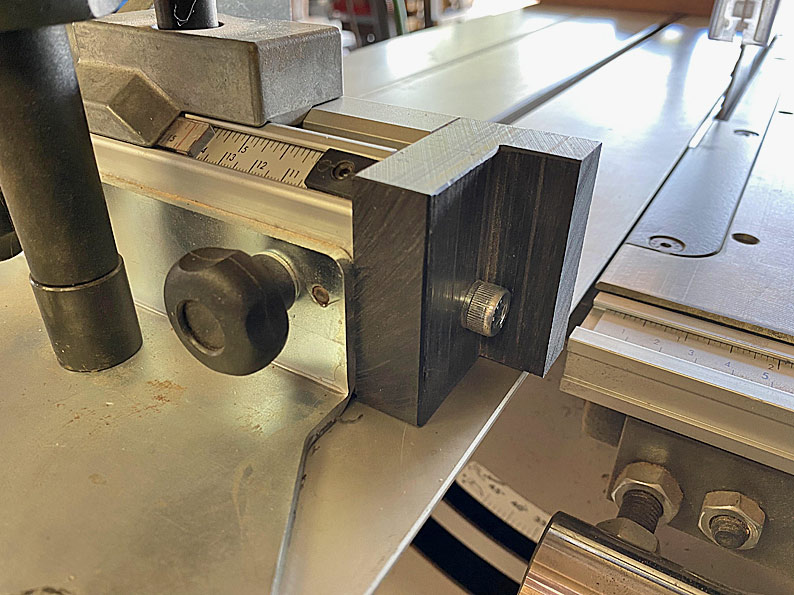I only had a short time in the shop today due to a few other obligations and errands, so I took those few minutes to do a small task that's been on "the list" for awhile now...replacing the end of the miter bar on my sliding table saw. The end that engages the blade to be specific. I've been running the OEM plastic one since I bought the saw back in the mid-2000s with the exception of a short period of time when I made a wooden one poorly and reverted. The OEM part has gotten too worn and too sloppy. So it's been retired other than for "emergencies" and replaced with a nice piece of oak. A little measuring, a little line drawing, a little cutting with the table saw and band saw, a little refining with a flush cut saw, a chisel and some sandpaper and...we're back to zero clearance business and being flush with the guide fence.Sometimes it's the little things!
IMG_6917.jpg IMG_6918.jpg





 Reply With Quote
Reply With Quote



 Sometimes I'm successful; sometimes, well...nope.
Sometimes I'm successful; sometimes, well...nope. 



